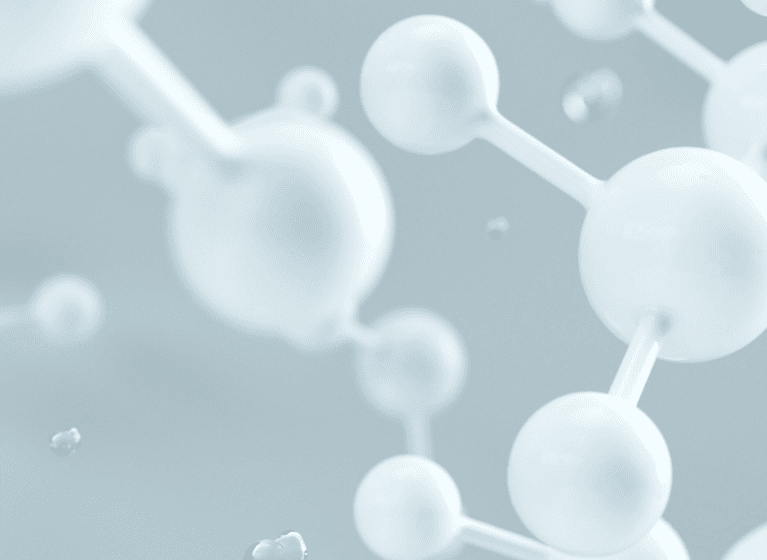Beauty products are increasingly scientific. This trend is driven by advancements in technology, expanding research, and a growing demand for more effective and personalised beauty solutions. In turn, this is increasing the patenting of beauty products.
The trends we are seeing include:
- the growing use of skin and hair identical ingredients due to improvements in the understanding of skin and hair biology
- new ingredients and formulations that impact a biological pathway for improved outcomes such as adjusting the skin microbiome
- products designed for environmental defence to protect the skin in areas with poor air quality
- personalised products using artificial intelligence (AI) or genetic testing
- the increased use of patents in branding
Better understanding of skin and hair biology
The scientific approach to beauty products has been driven for many years now by increases in the understanding of skin and hair biology and the biological processes that cause damage or can be used to achieve a desired cosmetic result.
The trend towards the scientific nature of beauty products has also led to an increased focus in the industry on transparency and education. Consumers are increasingly interested in understanding the science behind the products they use.
Innovative ingredients
As the understanding of biology continues to improve, so too does the development of improved ingredients and formulations. New cosmetic ingredients are now often backed by significant scientific research and designed to work in harmony with the body’s natural processes to achieve optimal results. For example, the ‘skin identical’ ingredient trend for using ingredients that mimic the naturally occurring compounds found in the skin such as lipids has resulted from this research. Similarly, inspired by the research into gut-health, new research into the microbiome of healthy and unhealthy skin has led to the development of products and treatments designed to encourage a healthier microbiome.
Environmental defence
Concern in relation to air quality is growing. In addition to the use of air purifiers, customers are turning to cosmetic products for protection from volatile irritants and carcinogens. Early environmental defence products were strongly occlusive and caused problems for skin by blocking access to air. The newer products result in protective matrices that are air permeable but block larger molecules from contacting the skin.
Personalised solutions
One aspect of the personalised solutions trend is the rise of personalised beauty products developed based on a person’s genetic information, geographic location, skin or hair type, and behaviours. Various salons now offer personalised beauty treatments following genetic testing for a variety of genetic markers that impact on skin issues such as inflammation, photo-damage and skin sensitivity.
The personalised beauty market has been reported as valued at US$41.9 Billion in 2021 and expected to reach US$143.6 Billion by 20301. The nature of the genetic testing and the cosmetic products and methods developed in response to the results are highly valuable assets.
Online tools
Somewhat unsurprisingly, the pandemic has also accelerated the demand for online diagnostic tools and data driven recommendations. For example:
- apps that analyse skin from smartphone camera images to provide recommendations; and
- devices that can prepare tailored formulations utilising AI.
L’Oreal’s Perso can prepare tailored formulation and lipstick based on environmental factors from the customer’s geographic location and their personal preferences.
Beauty and wellness or therapy?
New cosmetic inventions designed to enhance aesthetics through enhancing the body’s natural processes are blurring the line between cosmetics and therapeutics. Such inventions require careful consideration of both cosmetic marketing claims and the drafting of patent claims by patent attorneys.
Patenting as branding
In addition to the traditional reasons for patenting such as blocking competitors from copying, beauty companies are leveraging patenting as a marketing tool that enhances brand differentiation and reinforces the scientific trend in beauty. As patents in the beauty industry gain more attention, patenting in the beauty industry is being covered in mainstream publications, for example the recent article by Vogue Business2.
Increases in patenting in the beauty industry
As both consumers and competitors increase their sophistication, an acceleration in the patenting of inventions across the beauty industry is occurring. We look forward to being involved in what happens next.
Please contact the multidisciplinary team at FPA for assistance in protecting your new discoveries or launching your new cosmetic products.
1 Next-Generation Personalized Beauty Market worth $143.6 Billion by 2030 – Exclusive Report by InsightAce Analytic (prnewswire.com)
2 https://www.voguebusiness.com/beauty/how-patents-became-the-beauty-industrys-secret-weapon



